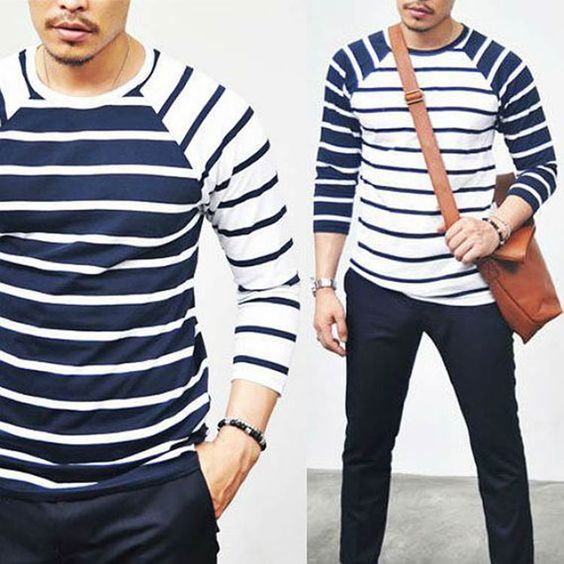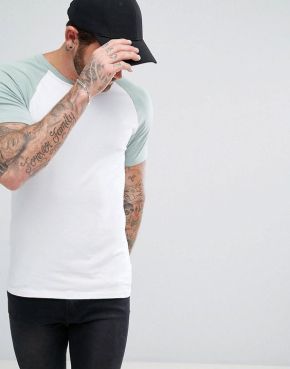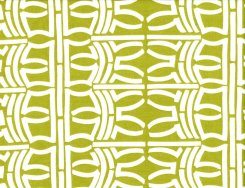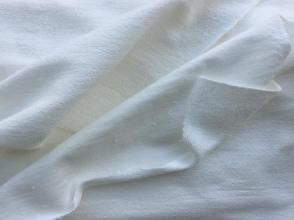Sayward Raglan Sew-along: Day 1
What do these three photos have in common? You’ll soon find out!
Welcome to the first day of our Sayward Raglan Sew-along! This will be a short and sweet sew-along that will have you finished your raglan by next Wednesday…it’s that easy and quick to sew this style of tee!
Day 1: Today we will have a look at some ready-to-wear inspiration and talk about fabric choices.
Day 2: We’ll go over fit and style modifications and then cut out our fabric.
Day 3: We’ll sew it all together!
Next Friday: We’ll share some of our pattern tester’s Saywards and maybe a few of your finished projects too.
Let’s get started!

The raglan sleeve style is said to have been developed by Lord Raglan and his tailor after his arm was amputated as a result of an injury sustained during the Battle of Waterloo in 1815. This sleeve style allowed for easier dressing as an amputee and also resulted in a greater range of movement for sword use (and, later on in history, for all manner of sports, most notably American baseball!).
Now we’ve had a small glimpse at how the raglan developed historically, let’s look at how it is worn today. Raglan sleeves are now commonly seen on knit sportswear but are also used on casual daily wear for both men and women. All of the RTW images below come from our Sawyard Raglan Pinterest board.
I can imagine the Sayward sewn in a thick and cozy terry or interlock:
A versatile cotton jersey:
Or in high-tech blends to create performance sportswear:

Color-blocking can be approached in a number of ways. Within the instruction booklet I provide information on how to color block to create this style (sleeves and neck band are the same color while the body is a contrast color):

But you could also get creative by colorblocking differently:
While there are many suitable fabric choices for the Sayward Raglan, here are my top 3 picks with my reasoning:
Fabrics: 1. Organic Cotton Interlock from Organic Cotton Plus 2. Elk Grove Organic Cotton Interlock from Organic Cotton Plus 3. Josi Severson Organic Cotton Interlock from Organic Cotton Plus
Cotton or Cotton/Poly Interlock:
This fabric is of medium body which makes it easy to sew – it does not curl as much as jersey at the edges and it is more stable than most knits (it sews somewhat like a non-stretch woven material). It is also wonderful to wear because it is thicker than the jersey used for most t-shirt manufacturing these days. It will wear well for many years to come and will feel soft and luxurious against the skin.
Fabrics: 1. Organic Cotton Spandex Striped Jersey from Simplifi 2. Nordic Night Organic Cotton Elastane Jersey from Simplifi 3. Whale Pod Organic Cotton Elastane Jersey from Simplifi
Jersey (with no spandex or less than 6%):
Jersey is thin and will result in a very professional feeling t-shirt because it is what most men are used to wearing. If you pick a cotton jersey, you may be able to find one that is quite crisp and stable (especially if no spandex or other substrates have been added). Watch out for slinky jerseys that drape against the body when worn – these will result in a sagging neckline and a form hugging t-shirt with a distinctly feminine appearance. I find most rayon blends have too much drape for a men’s t-shirt and bamboo blends should be felt in person before committing to them since they can also drape quite heavily. A great benefit of choosing jersey is that it is widely available in fun prints!
Fabrics: 1. Bamboo Cotton French Terry from Blackbird Fabrics 2. Organic Cotton Terry from Simplifi 3. Light Weight Organic Cotton French Terry from Organic Cotton Plus
French Terry:
A great choice for those new to knits since it doesn’t curl or shift while sewing. Watch out for terry fabrics with loose loops on the wrong side because those can be messy (the loops fray off at the cut edges and make a lot of dust in the sewing room) to sew with and can catch on watches or nails when the shirt is being taken on or off. A French Terry will produce a warmer Sayward that can be worn as a t-shirt or layered atop another t-shirt as a light sweater.
Have a question about colorblocking, styling or fabric choice? I’d love to help! Just comment below or email me at info@threadtheory.ca.
Now it’s time to purchase, wash and dry your fabric so you are ready to cut out your Sayward on Monday! Have a nice weekend!























